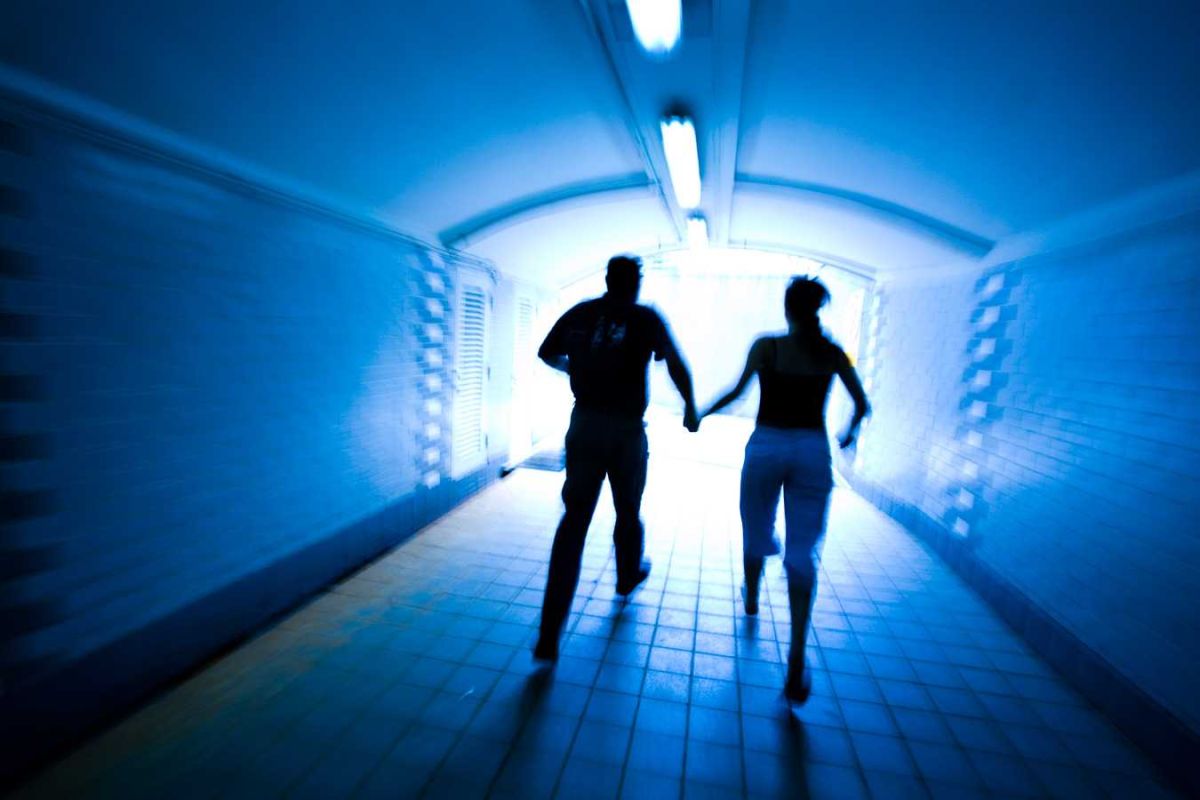Our best images are much more than simply good composition in good light. Our best images are successful because they evoke an emotional response in our viewers; transporting them back to a place and time, allowing them to experience a moment in the same way we did as the photographer. If they are to truly succeed, our images need to resonate with our viewers in this way. The mood within an image helps to set up the viewer’s response to the image, making them more receptive to the visual message you are trying to convey.
Mood can be the trigger to invoke that response; helping the viewer to frame the story in your images in the way you intend. Think of mood as reflecting an atmosphere or pervading tone in an image. Thinking in terms of mood and how we can refine and shape this can help anyone create stronger more engaging images. Mood in photographic images is influenced by many things: the subject, the situation, the colour palette chosen by the photographer, and light. Light is one of the most powerful determinants of mood in an image. The quality, direction, and colour of light all shape and mould the overall mood reflected in your images.
Warm colors are active and full of emotion they have enormous visual weight and therefore draw the viewer’s eye.
This is particularly so when a splash of warmth sits on the background of cooler colors. Warm colors presented in this way suggest shelter or Refuge.
Warm colors can also suggest health and vitality or even anticipation: of a perfect cast on a tranquil lake, or the end of perfect day.
Cool colours on the other hand suggest calm and tranquility; after all, many of the colors in nature are cool greens and blues.
Cooler colours can also create a mood of fear or suggest that danger may be nearby.
Shooting with wide apertures to create shallow depth of field through a softly blurred foreground, or framing a subject using strong foreground elements can create a feeling of intimacy or mystery
Atmospheric effects, like fog and haze will always contribute strongly to the mood of an image.
Mood can also be created or enhanced in post-processing. Before and after versions of the opening image (above) show the impact on the mood, of adding warmth, a texture-screen overlay and some grain to the original image using Lightroom and Photoshop.
Thinking about an appropriate mood to set for your images can help to strengthen the visual message you through trying to convey. Think about the psychological impact of warm light versus cool, of the direction and quality of light. Is a feeling of intimacy important will framing the subject or shooting through a foreground object help to strengthen these ideas.
If you would like to learn more about how to incorporate these ideas into your own work, and to learn more about the impact of visual weight along with ways to refine and strengthen these ideas in post, I hope you’ll consider joining the next session of my course, “After the Click”.
-BPSOP Instructor – Mark English
Mark Teaches:
After the Click: Refining Your Vision in Lightroom & Camera Raw

















